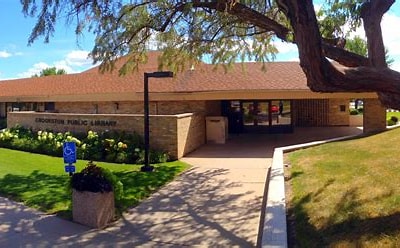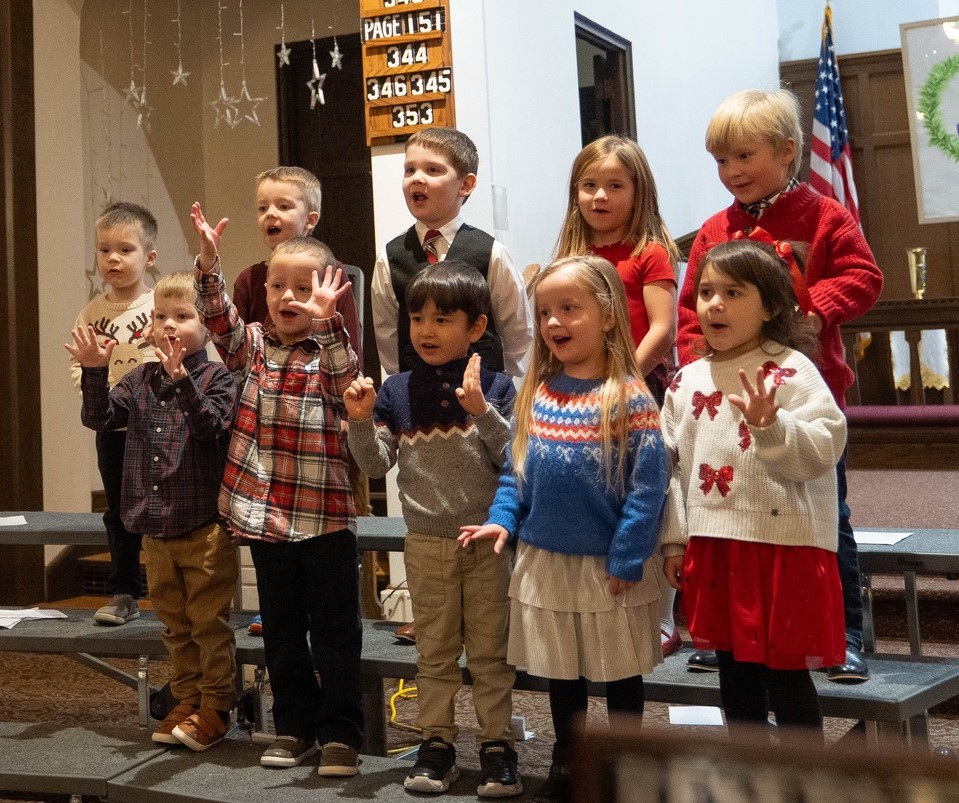Over the last week, Governor Tim Walz and Lieutenant Governor Peggy Flanagan have taken bold action to prepare and protect Minnesotans from the COVID-19 pandemic. Since March 13, the Governor has issued executive orders and signed legislation to protect the health and wellbeing of Minnesotans, provide additional paid leave and unemployment support, relieve affected businesses, and support our emergency workers.
Today, Governor Walz signed Executive Order 20-09 to delay elective surgeries and procedures in order to conserve health care resources and reduce contact between patients and providers.
Governor Walz and Lt. Governor Flanagan are continuing to monitor and assess this emergency situation in Minnesota and will take the necessary actions to prepare and protect Minnesotans during this pandemic.
Previous Actions by Governor Walz
March 18: The Governor took action to support businesses affected by COVID-19 by announcing a 30-day Sales and Use Tax grace period for businesses identified in Executive Order 20-04.
March 18: Governor Walz signed Executive Order 20-08 clarifying the types of businesses and places of public accommodation subject to closure per Executive Order 20-04. The executive order clarifies that the closure order applies to salons, barbershops, and other similar establishments.
March 17: Governor Walz signed Executive Order 20-07 providing paid leave for state employees who are not able to work for reasons related to COVID-19 and suspended the waiting period for insurance coverage for new employees.
March 17: Governor Walz signed Executive Order 20-06 to exempt vehicles and drivers providing direct assistance for emergency relief efforts in response to COVID-19 from certain regulations including provisions on weight and hours of service.
March 17: Governor Walz signed Ch. 70 S.F. 4334 into law, allocating $200 million toward an emergency and long-term grant program to respond to the needs of health care and long-term care facilities during the COVID-19 pandemic.
March 16: Governor Walz signed Executive Order 20-05 to strengthen Minnesota’s Unemployment Insurance Trust Fund and ensure that workers who are not able to work as a result of COVID-19 have benefits available. Specifically, this Executive Order waives the employer surcharge and allows the Minnesota Department of Employment and Economic Development to pay unemployment benefits immediately, providing fast relief to employees who need it.
March 16: Governor Walz signed Executive Order 20-04 to order the temporary closure of Minnesota restaurants and bars to dine-in customers. He also ordered the temporary closure of other places of public accommodation and amusement, including theaters, museums, fitness centers, and community clubs.
March 16: Governor Walz signed Executive Order 20-03 to prevent the spread of COVID-19 in Minnesota’s Veterans Homes. This executive order allows Veterans Homes to protect residents and staff by temporarily restricting visitors, reducing the risk of COVID-19 spread among residents.
March 15: Governor Walz signed Executive Order 20-02 authorizing the temporary closure of Minnesota K-12 public schools to students in order for school administrators and teachers to make long-term plans for the continuity of education and essential services during the COVID-19 pandemic.
March 13: Governor Walz signed Executive Order 20-01 declaring a peacetime emergency in Minnesota and unveiled legislative proposals to prepare for the COVID-19 pandemic.
Everyone can work to reduce the spread of COVID-19
- Stay home if you can.
- Wash your hands thoroughly with soap and water.
- Cover your cough.
- Events of any size should only be continued if they can be carried out with adherence to guidelines for protecting vulnerable populations, hand hygiene, and social distancing. When feasible, organizers could modify events to be virtual.
- Up-to-date guidance from the Minnesota Department of Health on recommended community mitigation strategies can be found here.
 Resources
Resources- MDH Public Hotline Number: 651-201-3920
- CDC Situation Updates
- Apply for Unemployment Insurance
- Minnesota Department of Health Updates
- About COVID-19




